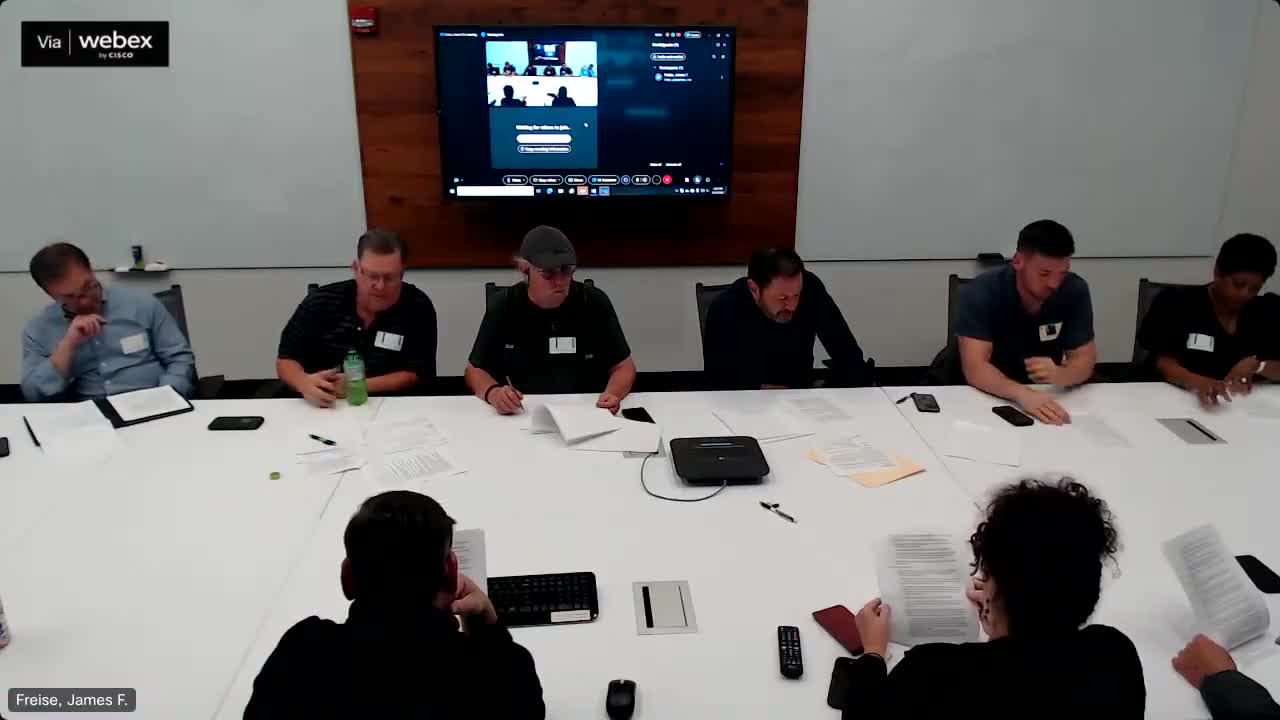Columbus City Council approves new digital signage initiative for downtown area
June 18, 2025 | Columbus City Council, Columbus, Franklin County, Ohio
Thanks to https://workplace-ai.com/ , all articles about Ohio are free for you to enjoy throughout 2025!

This article was created by AI using a video recording of the meeting. It summarizes the key points discussed, but for full details and context, please refer to the video of the full meeting. Link to Full Meeting
The meeting highlighted a proposal to allow a limited number of digital signs within a designated graphics area, primarily focused on locations near major freeways. This initiative is part of a broader effort by the city council to revitalize urban spaces and draw inspiration from successful signage practices in other cities. Officials emphasized that the goal is not to transform Columbus into a neon-lit spectacle akin to Las Vegas, but rather to introduce a controlled number of modern signs that can contribute positively to the city's aesthetic.
Key discussions revolved around the logistics of permitting these signs. The proposed regulations stipulate that permits would expire one year after issuance if the sign is not installed, ensuring that the city maintains oversight over new installations. Additionally, any existing signs slated for removal must be communicated to the city’s department in writing, ensuring transparency and compliance with the new codes.
The commission also addressed the application process for these digital signs, which will operate on a first-come, first-served basis within the defined graphics area. This area extends one mile from downtown, allowing for potential installations in various locations, provided they meet specific criteria. Notably, the signs must be oriented towards major highways, such as I-70 and I-71, which will help regulate where these installations can occur.
As the meeting progressed, members expressed excitement about the potential for these digital displays to invigorate the city. The streamlined process for obtaining a special permit, as opposed to the more complex variance process, was particularly well-received. This change is expected to encourage more businesses to participate in the initiative, fostering a dynamic urban environment.
In conclusion, the Graphics Commission's discussions signal a pivotal moment for Columbus as it seeks to balance modernization with community character. The proposed changes reflect a thoughtful approach to urban development, aiming to enhance the city's appeal while maintaining its unique identity. As the city moves forward, residents and business owners alike will be watching closely to see how these new regulations unfold and shape the future of Columbus.
Converted from Special Meeting: Graphics Commission (06/17/25) meeting on June 18, 2025
Link to Full Meeting
Comments
View full meeting
This article is based on a recent meeting—watch the full video and explore the complete transcript for deeper insights into the discussion.
View full meeting
